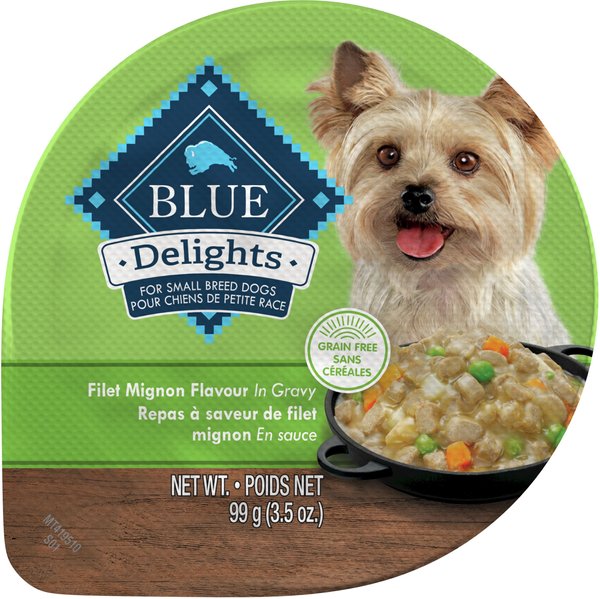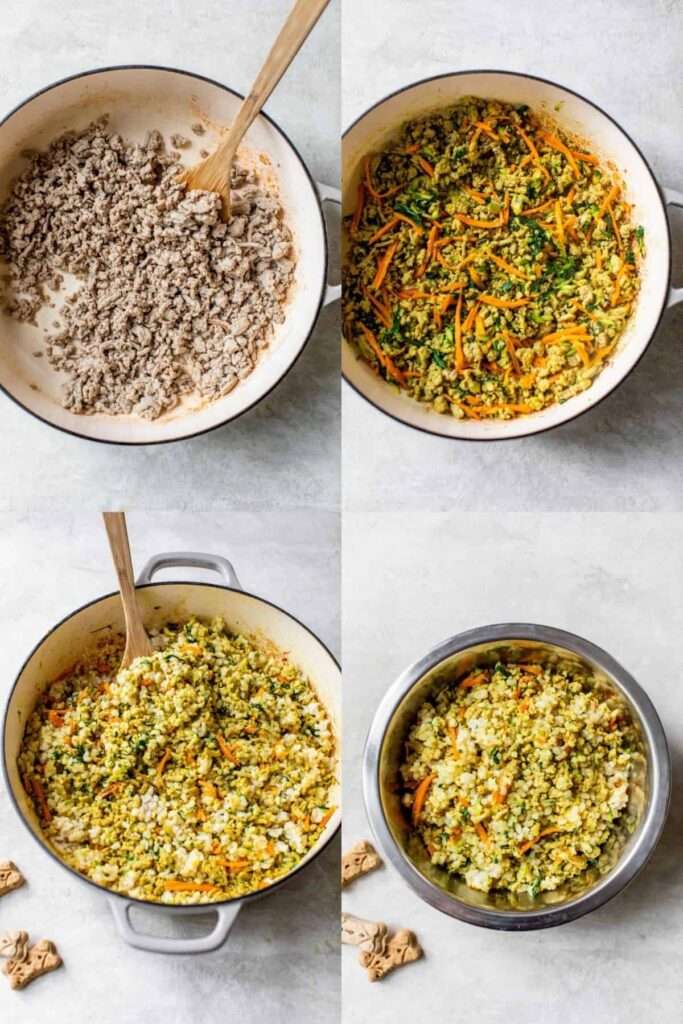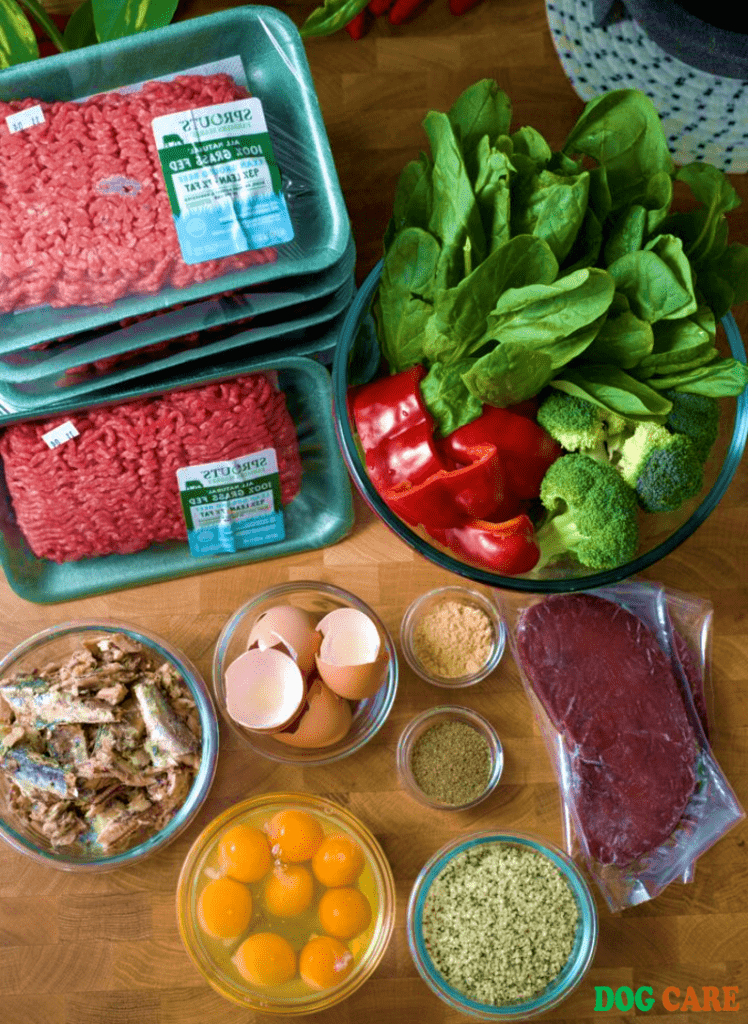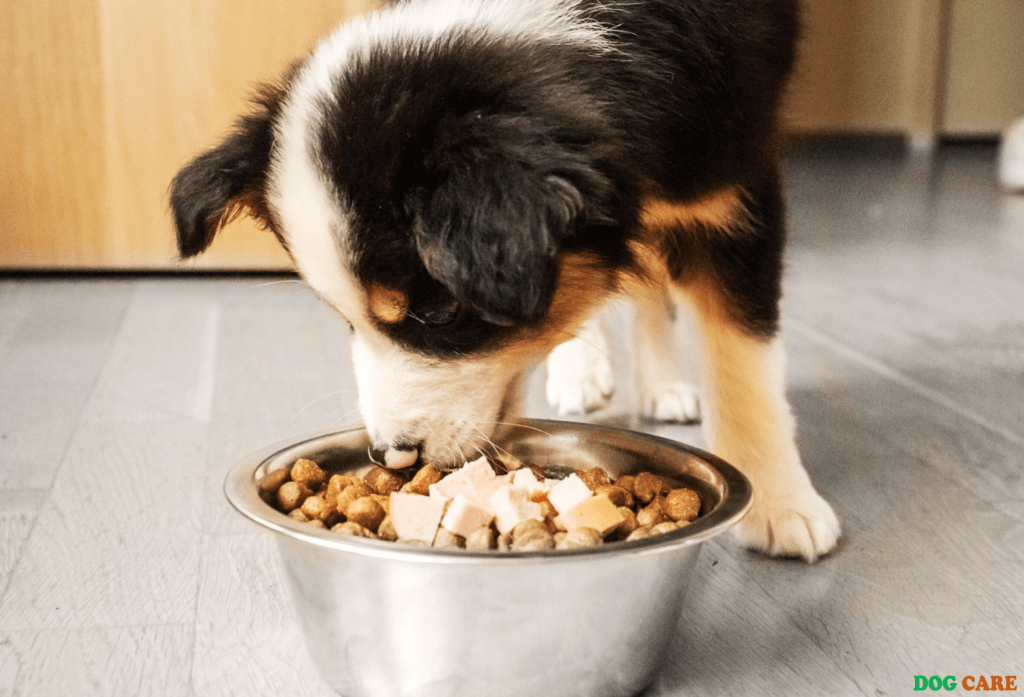Looking for Aafco Approved Homemade Dog Food Recipes? Here are some approved recipes for your furry friend’s healthy and balanced diet.
Keeping your dog’s nutritional needs in mind is crucial to their overall well-being. While commercial pet food options are widely available, many pet owners prefer to make their dog’s food at home to ensure quality and control over ingredients. The Association of American Feed Control Officials (AAFCO) provides guidelines for homemade dog food recipes to ensure that they meet the required nutritional standards.
By following these Aafco approved recipes, you can provide your dog with the essential nutrients they need for a healthy and happy life. Read on to discover some delicious recipes that will keep your pup wagging their tail in delight.

Credit: www.amazon.com
Choosing The Right Ingredients
Choosing the right ingredients for your homemade dog food recipes is essential for providing a healthy and balanced diet. Ensure that the recipes you use are AAFCO approved to meet your dog’s nutritional needs.
Choosing The Right Ingredients For Aafco Approved Homemade Dog Food Recipes
When it comes to preparing homemade dog food, choosing the right ingredients is crucial for your furry friend’s health and well-being. By incorporating quality protein sources, healthy carbohydrates and fiber, essential vitamins and minerals, and avoiding harmful additives, you can create a nutritious and balanced meal for your beloved pet. Let’s take a closer look at each of these important components:
Quality Protein Sources
Protein is an essential macronutrient for dogs as it supports their growth, muscle development, and overall health. When selecting protein sources, opt for lean meats like chicken, turkey, or beef. These meats are high in protein content and provide important amino acids necessary for your dog’s thriving body. Additionally, you can include fish, which is rich in omega-3 fatty acids that promote a healthy coat and skin. Remember to remove any bones, skin, or fat as they can be harmful to your furry companion.
Healthy Carbohydrates And Fiber
Carbohydrates are an important energy source for your dog, and incorporating healthy options in their diet is essential. Consider including whole grains such as brown rice, quinoa, or oats, as they provide complex carbohydrates and dietary fiber. These ingredients aid in digestion and promote a sense of fullness, helping to maintain a healthy weight. It’s worth noting that while grains are generally safe for dogs, some may have grain sensitivities, so consult with your veterinarian if you suspect any dietary concerns.
Essential Vitamins And Minerals
Vitamins and minerals play a vital role in supporting your dog’s overall health and ensuring proper bodily functions. To incorporate these essential nutrients, include a variety of fresh fruits and vegetables in your homemade dog food recipes. Fruits like apples, blueberries, and bananas provide vitamins such as vitamin C and potassium. Vegetables like broccoli, carrots, and spinach are rich in fiber, vitamin A, and iron. These nutrient-packed options not only add flavors and textures to the meal but also contribute to your dog’s well-being.
Avoiding Harmful Additives
When preparing homemade dog food, it’s crucial to steer clear of harmful additives commonly found in commercial pet foods. Resist the temptation to add salt, sugar, or artificial flavors, as they can negatively impact your dog’s health. Instead, enhance the flavor of the meal with natural herbs like parsley or rosemary. Additionally, avoid using foods toxic to dogs, like raisins, grapes, onions, or chocolate. Prioritize your dog’s safety and well-being by sticking to wholesome, fresh ingredients.
Delicious And Nutritious Homemade Dog Food Recipes
When it comes to providing the best nutrition for your beloved canine companion, homemade dog food recipes are a fantastic option. By preparing meals yourself, you have full control over the ingredients, ensuring your dog gets a delicious and nutritious meal every time. We’ve gathered some Aafco approved recipes that are not only beneficial for your dog’s health but also easy to prepare.
Chicken And Vegetable Stew
Chicken and vegetables are not only tasty but also packed with essential nutrients. This homemade stew recipe will have your dog’s tail wagging with joy:
- Ingredients:
- 1 cup chicken breast, cooked and chopped
- 1/2 cup carrots, diced
- 1/2 cup green beans, chopped
- 1/2 cup peas
- 1/4 cup pumpkin puree
- 2 cups water
- Instructions:
- In a large pot, combine the chicken, carrots, green beans, peas, pumpkin puree, and water.
- Bring the mixture to a boil over medium heat, then reduce the heat to low and simmer for 20 minutes.
- Allow the stew to cool before serving it to your dog.
- Store any leftovers in an airtight container in the refrigerator.
Beef And Rice Casserole
This hearty beef and rice casserole recipe is sure to be a hit with your pup:
- Ingredients:
- 1 pound ground beef
- 1 cup brown rice, cooked
- 1/2 cup peas
- 1/2 cup sweet potatoes, diced
- 1/4 cup beef broth
- Instructions:
- Preheat your oven to 350°F (175°C).
- In a skillet, cook the ground beef over medium heat until browned. Drain any excess fat.
- In a large bowl, combine the cooked ground beef, cooked brown rice, peas, sweet potatoes, and beef broth.
- Transfer the mixture to a greased casserole dish and bake for 25-30 minutes, or until the sweet potatoes are tender.
- Allow the casserole to cool before serving it to your furry friend.
Salmon And Sweet Potato Mash
Salmon is an excellent source of omega-3 fatty acids, which are beneficial for your dog’s overall health. This salmon and sweet potato mash recipe is a nutritious delight:
- Ingredients:
- 1 salmon fillet, cooked and flaked
- 1 cup sweet potatoes, cooked and mashed
- 1/4 cup peas
- 1/4 cup carrots, diced
- 1/4 cup plain yogurt
- Instructions:
- In a mixing bowl, combine the cooked and flaked salmon, mashed sweet potatoes, peas, carrots, and plain yogurt.
- Mix well until all the ingredients are evenly incorporated.
- Serve the salmon and sweet potato mash to your pup, either as a standalone meal or mixed with their regular dog food.
- Refrigerate any leftovers in a sealed container for future meals.
With these delicious and nutritious homemade dog food recipes, you can provide your furry friend with meals that are both satisfying and beneficial for their overall well-being. Remember to consult with your veterinarian to ensure the recipes align with your dog’s specific dietary needs for a healthy and happy pet!
Feeding And Storage
Feeding your furry friend a homemade dog food diet can bring numerous health benefits. But to ensure their nutrition and safety, it is vital to understand the proper feeding and storage techniques. This section will guide you through determining portion sizes, proper storage techniques, and transitioning your dog to homemade dog food.
Determining Portion Sizes
When it comes to feeding your pooch, portion sizes play a crucial role. It’s important to provide the right amount of food to meet their nutritional needs without overfeeding. Here are some key tips for determining portion sizes:
- Consider your dog’s age, weight, activity level, and overall health status.
- Consult with your veterinarian to determine the appropriate amount of homemade food for your dog.
- Use a measuring cup or a kitchen scale to accurately measure the portions.
- Monitor your dog’s weight and adjust the portion sizes accordingly.
Proper Storage Techniques
Proper storage of homemade dog food is essential to maintain its quality and prevent the growth of harmful bacteria. Follow these guidelines to ensure the food stays fresh and safe:
- Refrigerate or freeze the food in airtight containers or freezer bags to prevent spoilage.
- Label each container with the date to keep track of its freshness.
- Store the food in the refrigerator for up to three days or freeze it for longer storage.
- Thaw frozen portions in the refrigerator before feeding.
Transitioning To Homemade Dog Food
If you are transitioning your dog from commercial pet food to homemade dog food, it’s important to do it gradually. Abrupt changes in diet can lead to digestive upset. Follow these steps for a smooth transition:
- Start by replacing a small portion of your dog’s regular food with homemade food.
- Gradually increase the portion of homemade food while reducing the commercial food over a span of several days.
- Observe your dog for any signs of digestive issues or allergies during the transition period.
- Consult with your vet if you encounter any concerns or if your dog’s adjustment period is prolonged.

Credit: www.chewy.com
Frequently Asked Questions For Aafco Approved Homemade Dog Food Recipes
What Should Be The Main Ingredient In Homemade Dog Food?
The main ingredient in homemade dog food should be high-quality protein, such as lean meat or fish, to meet their nutritional needs. Using fresh, whole ingredients like vegetables and grains ensures a balanced diet. However, consult your vet for specific dietary requirements.
What Do Vets Say About Homemade Dog Food?
Vets have concerns about homemade dog food due to potential imbalances and risks of nutrient deficiencies. It is best to consult a vet or canine nutritionist to ensure a balanced diet for your dog’s specific needs.
What Are The Aafco Guidelines For Dog Food?
The AAFCO guidelines for dog food are a set of standards and regulations that govern the nutritional content and labeling of dog food products. These guidelines ensure that dog food meets minimum requirements for essential nutrients and is accurately labeled for consumer understanding and safety.
How Do I Make Sure My Homemade Dog Food Is Balanced?
To ensure your homemade dog food is balanced, follow these steps:
1. Use a recipe that includes all the necessary nutrients.
2. Consult a veterinarian to determine your dog’s specific dietary needs.
3. Include a variety of proteins, carbohydrates, and vegetables in the recipe.
4. Add supplements as recommended by the vet to cover any nutritional gaps.
5. Monitor your dog’s health and consult the vet for any concerns.
Conclusion
In sum, these Aafco approved homemade dog food recipes offer a safe and nutritious alternative to processed commercial dog food. By providing your furry friend with homemade meals, you can ensure they are getting the best quality ingredients and avoiding any harmful additives.
Always consult with a veterinarian to determine the best diet for your dog’s specific needs. Fuel their health and happiness with these wholesome recipes today!


